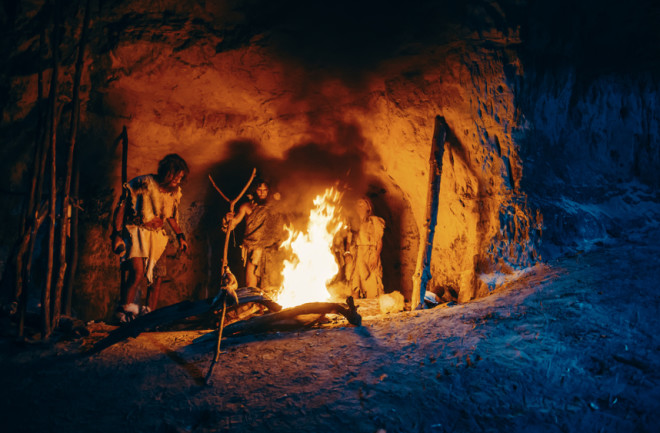Imagine visiting one of the hundreds of campsites abandoned for the summer season and trying to piece together who was there, for how long, and what they were doing. If you’re an archaeologist studying Neanderthal settlements, that’s basically how you do your research — except the campsites are 45,000 years old.
Today, these researchers can do a lot more than excavate remains on a cave floor. Genetic, chemical and geological analysis tools help teams extract as much information as they can from the bones and tools our ancient ancestors left behind. Even then, there are still lots of questions left about how Neanderthals assembled shelters and carved out 200,000 years of existence across Europe.

